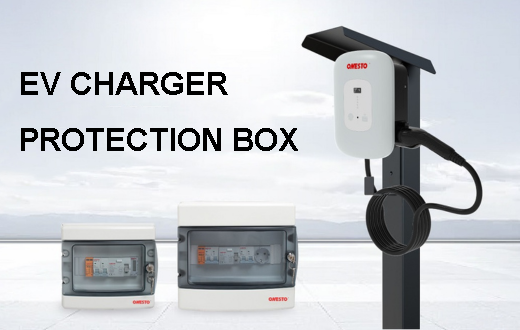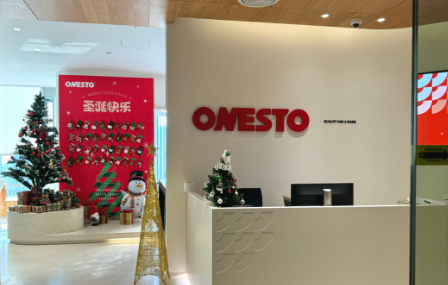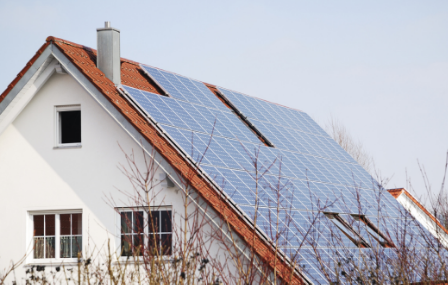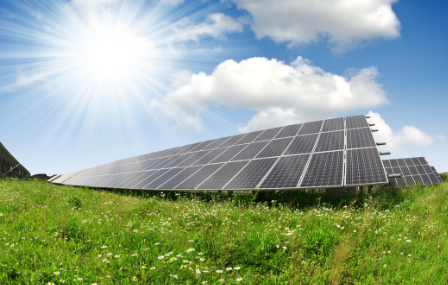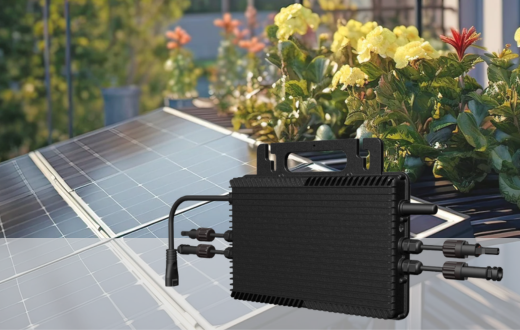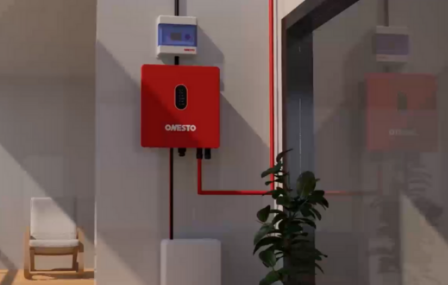As the global demand for renewable energy increases, photovoltaic (PV) systems have become a popular solution for homes and businesses looking to harness solar energy. These systems convert solar energy into electricity, offering an eco-friendly and cost-effective way to power loads. However, when PV systems generate more electricity than required, excess power may flow back into the grid, creating what’s known as a reverse current. This situation not only violates grid regulations but can also destabilize the power grid. To prevent such issues, backflow protection is essential for ensuring PV systems’ compliance and efficiency.
What is backflow protection?
Anti-reverse current protection is a protection measure used to prevent the reverse flow of electricity from a PV system to the grid. The generation of reverse current usually occurs when the PV system generates more power than the load demand, and when the power cannot be fully consumed, the excess power flows back to the grid, thus generating a backflow. This situation may lead to grid instability and even affect the power supply to other users. A system with an anti-reflux feature can adjust the output of the inverter to ensure that the local load fully consumes the power generated, preventing excess power from entering the grid.
Why Install Anti-Backflow?
Installing anti-backflow protection is essential for several reasons, especially in systems like photovoltaic (PV) solar power setups, plumbing, or industrial processes where fluid or electrical flow needs to be managed carefully. Here are the key reasons why anti-backflow protection is crucial:
Safeguard grid stability: Anti-backflow protection ensures that excess power does not flow back into the grid, thus avoiding overloading the grid and safeguarding its stable operation.
Avoid penalties: By complying with grid regulations, backflow protection avoids fines or penalties for unauthorized power return.
Improve system security: Anti-backflow protection helps prevent equipment damage due to improper system design or operation and ensures the long-term stable operation of the PV system.
Supports energy independence: For self-consumption PV systems, anti-reverse flow protection is a key component in achieving energy independence, ensuring that excess power is not sent back to the grid and maximizing system efficiency.
How to achieve anti-backflow?
Installing a meter or CT (Current Transformer) is one of the common methods in scenarios where solar power backflow is restricted.
1. Installing a meter or CT (current transformer)
Electricity meter: It can monitor and record the direction and flow of electricity. If a bi-directional meter is installed, it is able to measure the flow of electricity in and out, thus monitoring whether there is any return flow of electricity.
CT (Current Transformer): CTs are typically used to monitor the magnitude and direction of current. In a solar system, a CT can be installed on the output side of the inverter to help monitor the current from the inverter to the grid to ensure that power is not flowing back into the grid.
2. Adjusting feeder power settings
In ONESTO’s solar inverter systems, the feeder power (or power output, as it is called) can be set through the management system platform. In order to avoid power flowing back into the grid, the feeder power of the inverter can be set to 0, i.e. the feed from the inverter to the grid can be turned off. Instead of sending excess power back to the grid, the inverter will simply supply the power needed by local loads.

